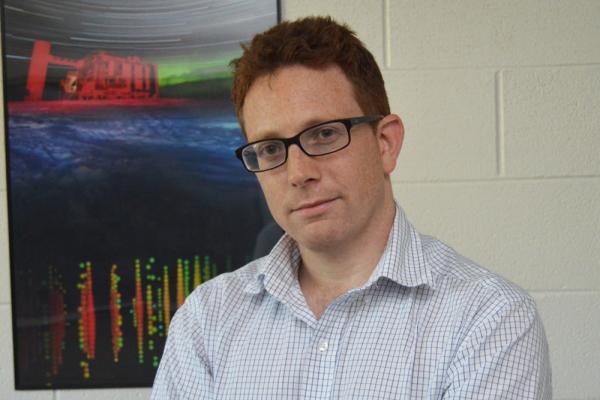
The search for neutrinoless double beta decay is the only known and viable method to establish the Majorana nature of the neutrino. Next generation experiments are aiming for sensitivity to decay rates smaller than 10^-27 per year, which requires detectors with tons of material and background rates of less than 1 count per ton per year in the signal ROI. This is a formidable technological challenge without a known solution. I will discuss some of the leading contenders, and then focus on a technology that shows particular promise: the High Pressure Xenon Gas TPC (HPGXe-TPC). In HPGXe-TPCs such as the US/Spanish led NEXT experiment, event topology and precise energy resolution provide strong background rejection capabilities. I will also present new results from R&D on "barium tagging”: daughter ion identification in the final state with single molecule fluorescent imaging. Tagging the daughter isotope in bulk xenon may enable the first zero-background neutrinoless double beta decay search at the ton-scale.
